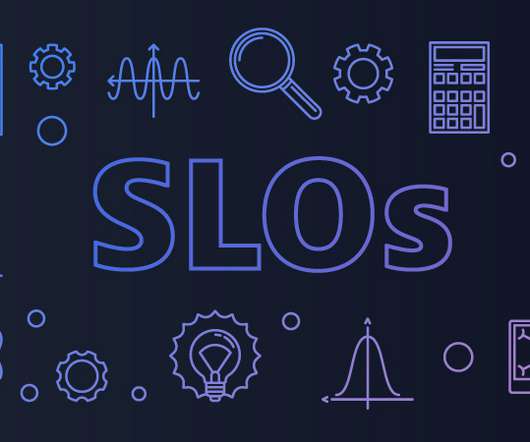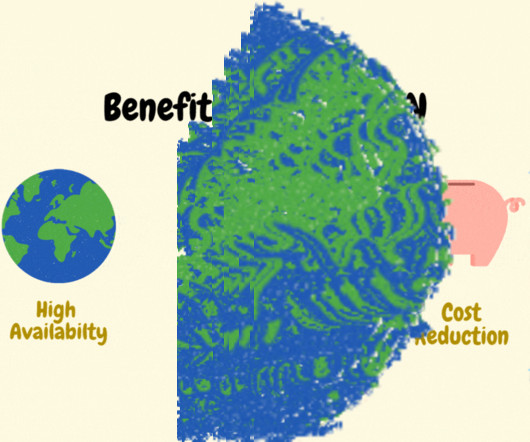Site reliability done right: 5 SRE best practices that deliver on business objectives
Dynatrace
MAY 31, 2023
How site reliability engineering affects organizations’ bottom line SRE applies the disciplines of software engineering to infrastructure management, both on-premises and in the cloud. There are now many more applications, tools, and infrastructure variables that impact an application’s performance and availability.












































Let's personalize your content